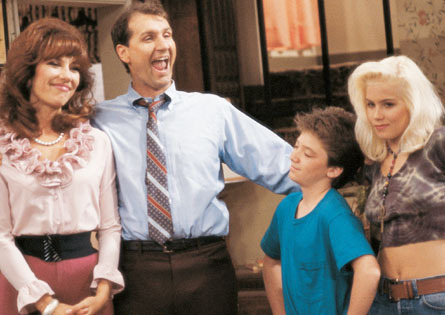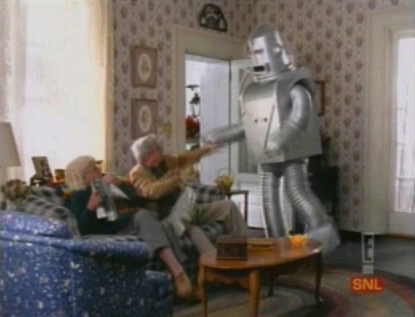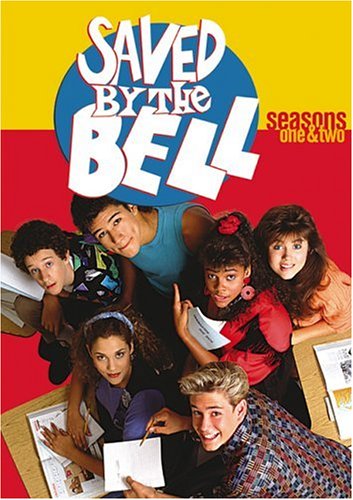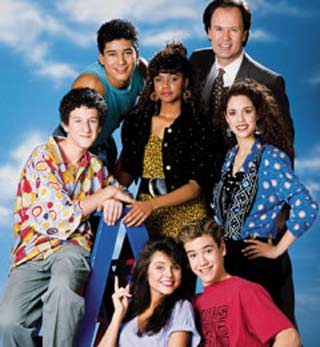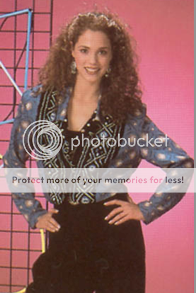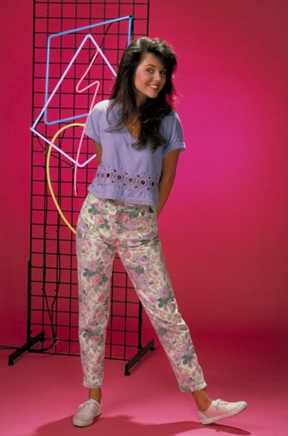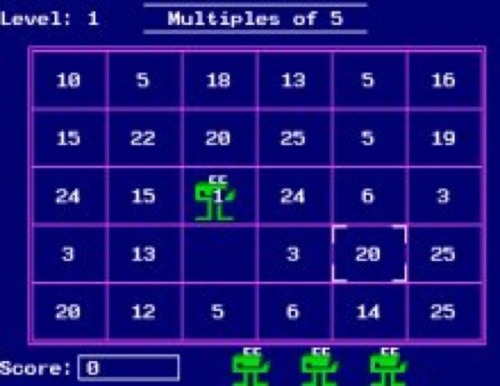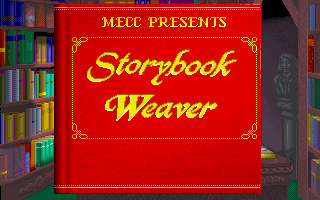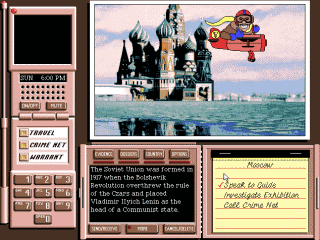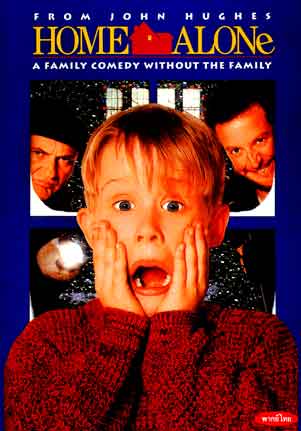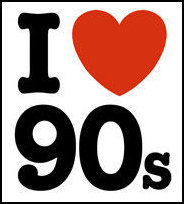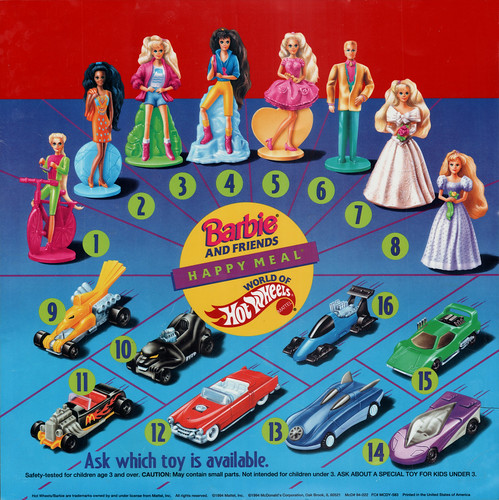
From infancy, we learn that blue is boys and pink is for girls. Even idealistic parents who seek to give their child a more open-minded experience usually succumb to the plethora of gender-specific paraphernalia in the marketplace. When it comes down to it, your kid is most likely either going to beg you for a dolly or a monster truck, and you're just going to have to deal with it and shell out the cash for different toys for different gendered siblings.
Toy companies are savvy to the fact that creating gender specific toy options gives them double the revenue avenues. They pretty much only have to think up one idea and then tint it either blue or pink accordingly. Figuratively speaking, that is. I don't imagine they actually have an idea dyeing process.
Some of the ideas translated well to dual versions, while others may have been best left to appeal to a single gender. I mean, let's be real here. Everyone knows it's cool for Transformers to turn from a car into a robot. It's fully functional, and now endorsed by Megan Fox. But for a doll to turn into a cupcake? What exactly is the functionality on that one? At least as a robot you can wreak general havoc and destruction. What new power do you gain by disguising yourself as a tasty baked good?
Narrow minded toy producers gave us a clear-cut stance on gender stereotyping, advertising the toys exclusively to the designated gender and thus alienating any kid who may like to play with a toy aimed at the opposite sex. They weren't out trying to destroy individuality, they just wanted to make truckloads of money and figured that appealing to their main audience would probably do that trick. Here are just a few of the stereotypical girl version/boy version dichotomies of toys available to children in the 90s:
Girl Version: Treasure Trolls
Boy Version: Battle Trolls
Let's play a game. It's called good idea/bad idea. It goes a little something like this: troll figurines with rhinestone belly button embellishment? Good. Reinterpretation of that same cuddly figurine to wield an axe and nun chucks? Bad. Don't get me wrong, I understand that trolls are by nature supposed to be gruff and aggressive, but the troll toys available on the market place were generally pretty friendly. The regular ol' trolls were fairly gender neutral until Ace decided to baby dollify them to attract an offshoot group of fawning young girls:
Of course that girl in the commercial would wish for curly hair. She couldn't possibly want a better understanding of precalculus or biomedical science. Nope, its pretty much all about looks. Thanks, Ace!
Hasbro took a slightly different approach in marketing to juvenile male consumers:
Geez, these things are threatening. And we wonder why boys grow up to be so aggressive?
Girl Version: Treasures n' Trinkets Jewelry Making Kit
Boy Version: Creepy Crawlers
Creepy Crawlers have been around for decades, entertaining children with marginally hazardous ovens with the power to nuke gooey bugs. Boys got to do this:
While girls got to do this:
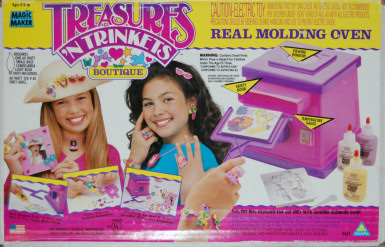
Why exactly young girls would want to make earrings and necklaces out of a disturbingly gummy goo is beyond me, but apparently ToyMax thought they had a real winner here. To be fair, I did own this toy, and I did wear the clip-on earrings. They were sort of cute, in a why-the-hell-am-I-wearing-pink-slime-on-my-earlobes kind of way.
Girl Version: Cupcake Dolls
Boy Version Transformers
I know I've already began a partially-completed rant up top there, so I should just let these commercials speak for themselves.
Boys had this:
Whereas girls had this:
I'm sorry, "she cooks sweet and looks sweet and smells sweet, too"? Boys get killer robots and we get a junior housewife in training? Boy, I just can't wait to rush home so I can practice baking and looking pretty. Who needs global robot takeover when you've got domestic skills?
Girl Version: Barbie Lamborghini Power Wheels
Boy Version: Jeep Protector Team
Yes, you heard that right. We're going to shop, shop, shop, till we drop, drop, drop. Now there's a positive message to send young girls. Let's just hope our young male suitors packed a credit card in their kawasaki ninjamobiles.
Well, isn't that nice? Boys get to be heroes and girls get to go shopping. How enlightened. Thanks, Mattel!
Girl Version: Happy Meal Barbie Toys
Boy Version: Happy Meal Hot Wheels Toys
McDonald's Commercial (1998) - The best free videos are right here
I admit this one is sort of a cop-out. Barbie and Hot Wheels are not really related in any way other than that they are both children's toys and obviously have some sort of lucrative relationship with McDonald's. They're certainly not alternative versions of the same toy. Rather than selecting a universally appealing consolatory toy to offer children as kudos for finishing their McNuggets, McDonald's went the route of giving all boys one model toy and all girls another. The message here was clear: girls should like dolls, boys should like cars, and McDonald's counter employees will scorn and berate you for requesting otherwise.
I'm not all that up on current toys so I really couldn't tell you if today's offerings are any more enlightened. It's pretty safe to say that as long as there exists a marketable demographic of toy buyers, toy companies will employ utterly shameless tricks with little regard to sensitivity or diplomacy. That is to say, corporations will continue to shill pink crap for girls and blue crap (with lasers!) for boys until it stops being profitable. If you can't beat the system, you might as well join on in. Now where's that cupcake doll?






